
The Razer Blade 16 is the brand’s first 16-inch gaming laptop in the brand’s lineup and to really upsell its appeal, it’s been adulterated with a handful of modern updates. From the latest 13th Gen Intel mobile CPUs to NVIDIA’s latest GeForce RTX 40 Series GPUs, it is also one of the first laptops in Razer’s portfolio that can boast having that special Dual Mode display configuration.
The last feature means that, in addition to the Blade 16’s general performance as a gaming laptop, there is another question to be answered: is having the ability to switch between FHD+ and 4K+ while retaining high refresh rates a boon, or is it just a gimmick?
Specifications
Design
To be honest, there’s not a whole lot I can say about the laptop’s design that I haven’t already spoken about in the past. Just as Razer has done for the past several years, the Blade 16 utilises the same all-black, all-metal chassis that the brand and its laptops are famous for. Take the speaker grilles on each of the laptop as an example; just as it did with its 2022 models, it’s clearly been milled through CNC precision, thus making it look more like a single, unified part of the laptop.
Smooth trackpad equals to smooth scrolling.
One physical feature that Razer upsized on the Blade 16 is its trackpad. Again, as it has done before, my fingers glide across the surface and register each and every tap I made, but its left and right buttons feel a little stiff but do give off audible clicks when fully depressed.
What really sets the Blade 16 apart from its siblings though is that this is also Razer’s first laptop to feature a 16-inch Mini LED panel, as well as a 16:10 aspect ratio. More to the point, the panel has dual refresh rates that switch between two resolutions: Full HD+ and 4K+. If you run the laptop with the former, the refresh rate goes all the way up to 240Hz. Run it at 4K+ and the maximum refresh rate is half that at 120Hz.
There’s also a healthy amount of ports on both sides of the Blade 16 and because this is an Intel-based laptop, you can bet your bottom dollar there’s at least one Thunderbolt 4 port. Other I/O ports include a USB-C 3.2 Gen2 that supports PD3, meaning that you can output up to 100W of power to charge devices; three USB-A 3.2 Gen2 ports, and a full-sized SD Card reader, making this a photography or videography-friendly laptop. Personally, I’m fine with a microSD card reader too and as a rule of thumb for myself, I usually carry an adapter around.
Another improvement Razer has made by way of addition to the Blade 16 is the built-in shutter for the webcam. It’s a very small addition to the entirety of the laptop and I know some of you may just brush this off your shoulder. To me, it’s a nice touch that I take full advantage of by closing off the webcam.
Internally, there’s a massive 95.2Whr battery that gives life to all the components that make up the Blade 16. That includes the hulking Intel 13th Gen mobile behemoth that is the Core i9-13950HX, a CPU that can effectively turbo itself to speeds of 5.5GHz, which, not surprisingly, tends to be trailed by a massive amount of heat. Along with that, our unit also comes with an NVIDIA GeForce RTX 4070 but just to be clear, this does come in a configuration fitted with the beefier RTX 4090 for laptops too.
User Experience
If there is one thing that I can say about all of Razer’s laptops, it is that they are as solid as they look. To evoke a minor level of drama, the Blade 16 and its chassis doesn’t budge an inch; the display panel barely flexes, and the base doesn’t bow or bend, even when I exert a considerable amount of force on to it.
Stiff and rugged, just as God intended a laptop chassis to be.
On another note, my experience with the keyboard of the Blade 16 feels the same as every other Razer Blade I’ve reviewed within the last two year: relatively shallow key travel and clicky, but not shallow enough that my fingers feel fatigued by long-form typing. Because of its size, my fingers also do not feel as restricted in range, as it does with smaller form factor laptops, such as the Blade 14.
Moving on, there’s the Dual Mode display of the Blade 16. Now, to be fair, Razer isn’t the first brand to introduce this kind of display technology, ASUS is. That said, the ability to switch between two high refresh rate resolutions feels more of a technical demo and gimmick, than a practical application. I say this because even when I dumb it down to Full HD+ when I’m on the go, it does little to actually extend the laptop’s battery life.
As my daily driver, I simply left the display resolution of the Blade 16 at 4K+ for the entirety of the review. One good thing about having a Mini LED display, though, is that even at a lower brightness setting, the panel is still brighter than average. Even at 30% brightness, it’s like to maxing out the brightness on the display of my non-mini-LED display, such as the one on my 2021 ASUS ROG Zephyrus G15.
Then there’s the heat generated by the Blade 16. Whether you’re just booting up a game or program, or if you’ve already been deep into it for a few hours, this laptop heats up something fierce. At its peak, the 13950HX – not the RTX 4070 – is capable of hitting 100°C in mere seconds. If that wasn’t enough, the fans in the laptop certainly know how to kick up a racket. I am not joking here: the minute I start to run any game, regardless of how taxing it is to either CPU or GPU, the cooling system start to spin up and, perhaps it is with this particular model that I have, there is a hint of coil whine that really lends the impression of a fighter jet actually preparing to take off.
The performance of the Blade 16, particularly in gaming and with an RTX 4070, is actually something of a mixed bag. In spite of the dual display mode and its ability to run at 4K+ resolution, I actually dumbed down the maximum resolution to QHD+ or 2560 x 1600 pixels, which is actually a sweet spot, at least for me and the discrete GPU. At this resolution, the refresh rate is still locked in at 120Hz but honestly, the only game in my list that even managed to break past the 120 fps mark is Doom Eternal.
Sadly, the gaming experience isn’t always consistent on the Blade 16. Often after hours of use, you start to see stutters pop up, which is a sign that the CPU is struggling to maintain its composure. It’s not just gaming either; even while watching videos on YouTube or Netflix, there is a point where just having the mouse cursor move across the screen can cause some serious delay in playback.
Battery life for this laptop is disappointingly unbecoming.
And don’t get me started on battery life. Unsurprisingly, and as it appears to be the trend with current Intel-based laptops, the legs on the Razer Blade 16 lack the endurance that I most certainly have come to demand from laptops powered by Team Red’s Ryzen mobile series CPUs. No, really: even on a full charge, the machine struggles, struggles, to push past the four-hour mark, and this is in spite of its massive 95.2WHr battery. Seriously, last year’s Blade 14 only has a 61.6Whr battery even with an AMD Ryzen 6000 series CPU, that laptop is still able to consistently squeeze out close to 11 hours of use.
Benchmarks
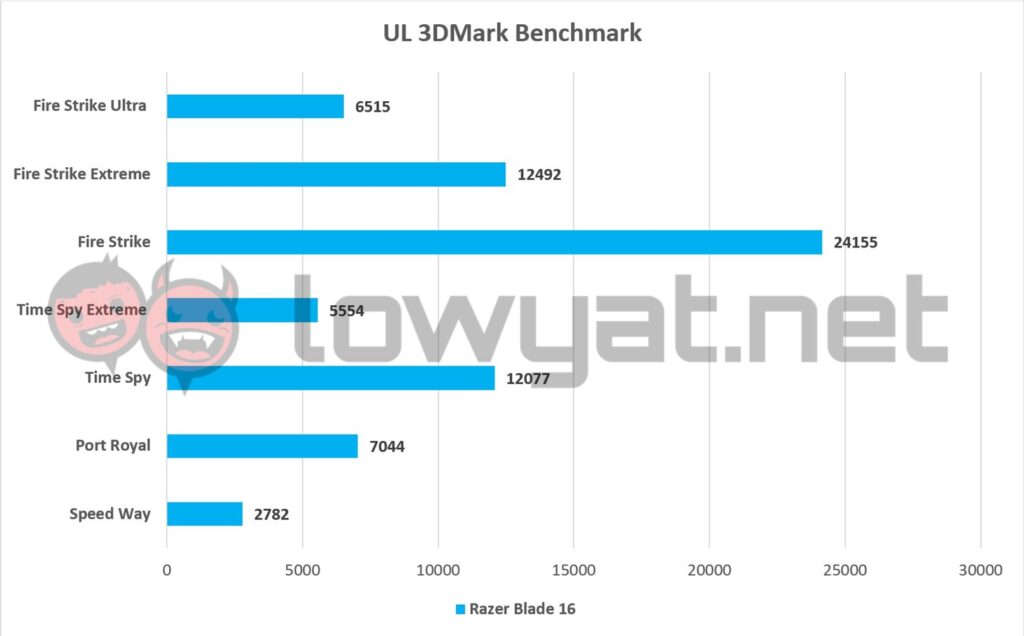
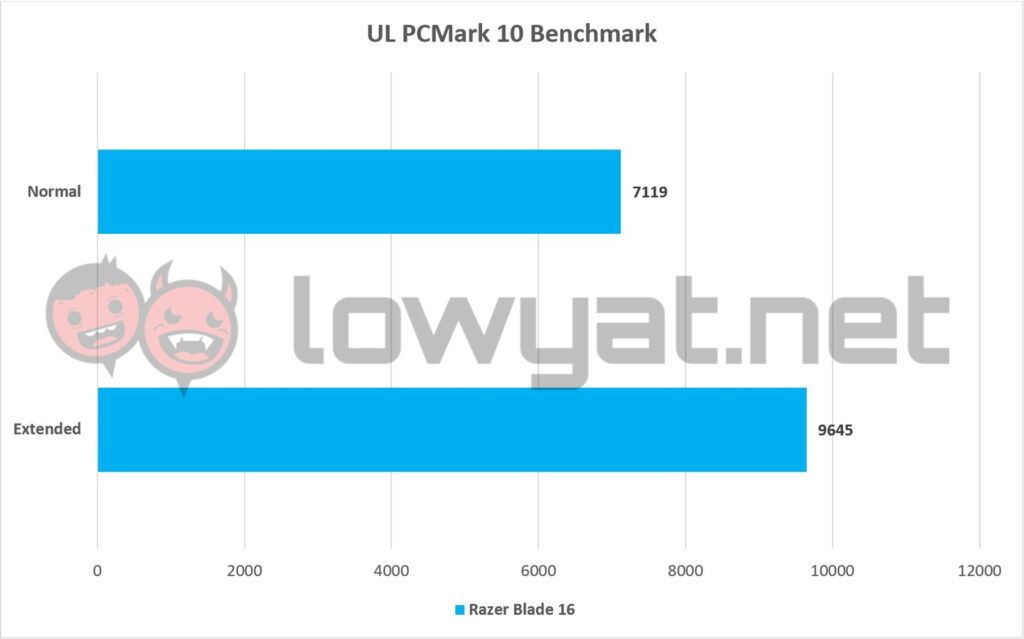
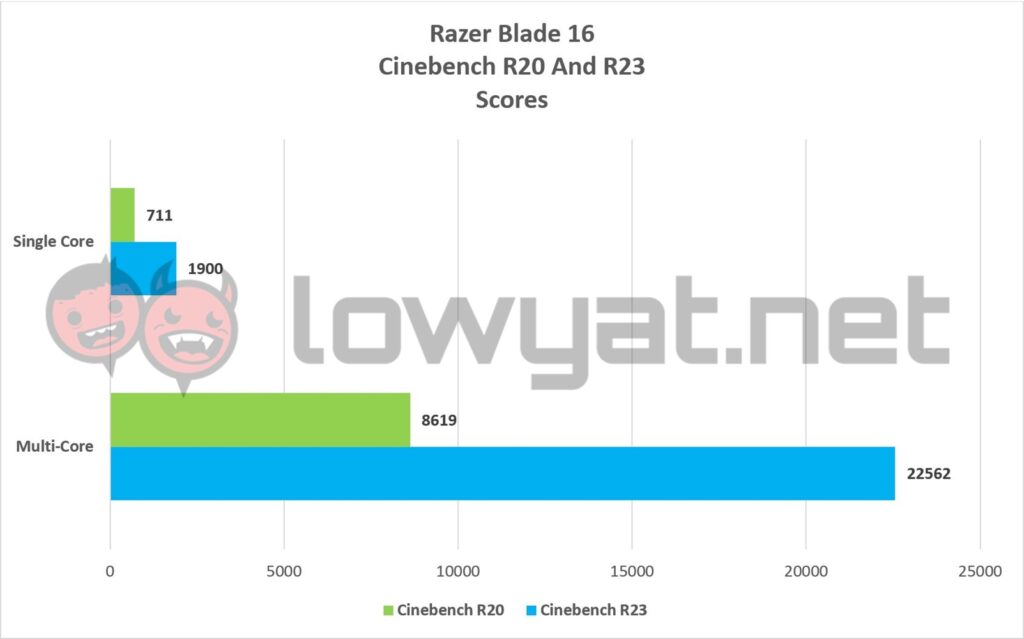
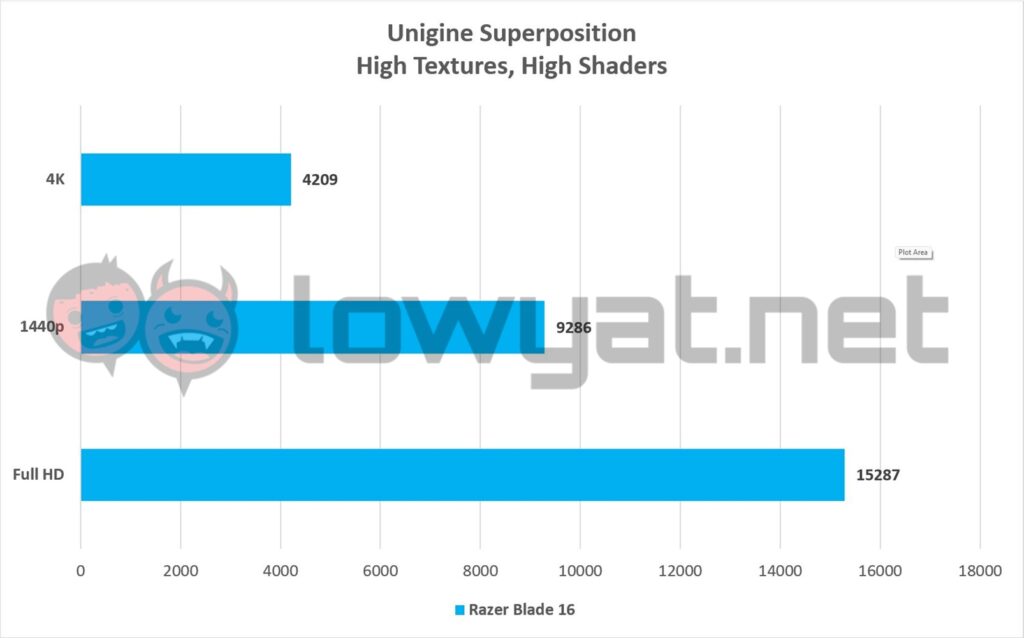
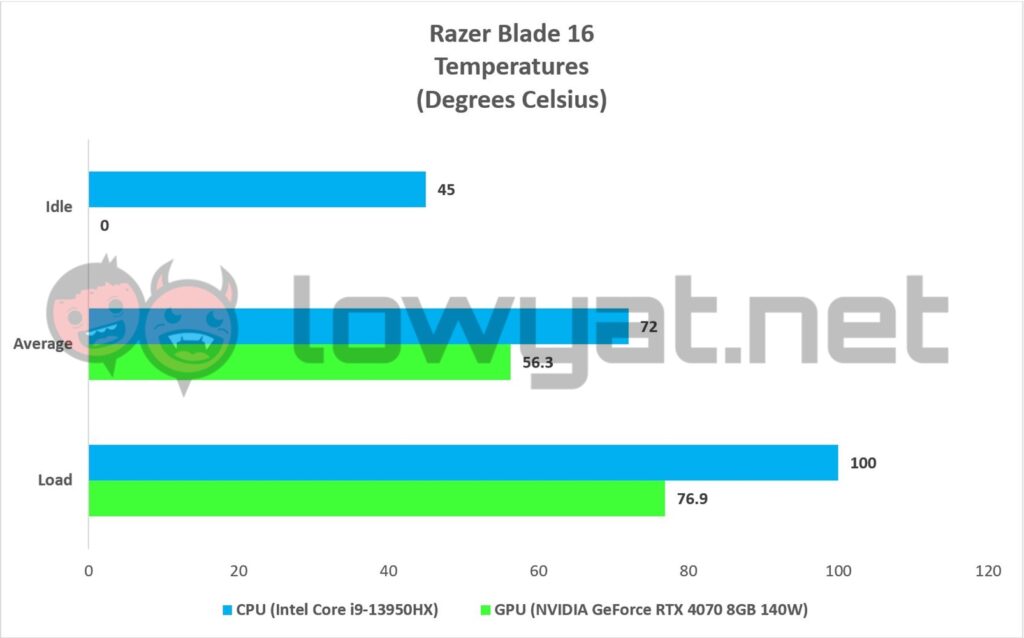
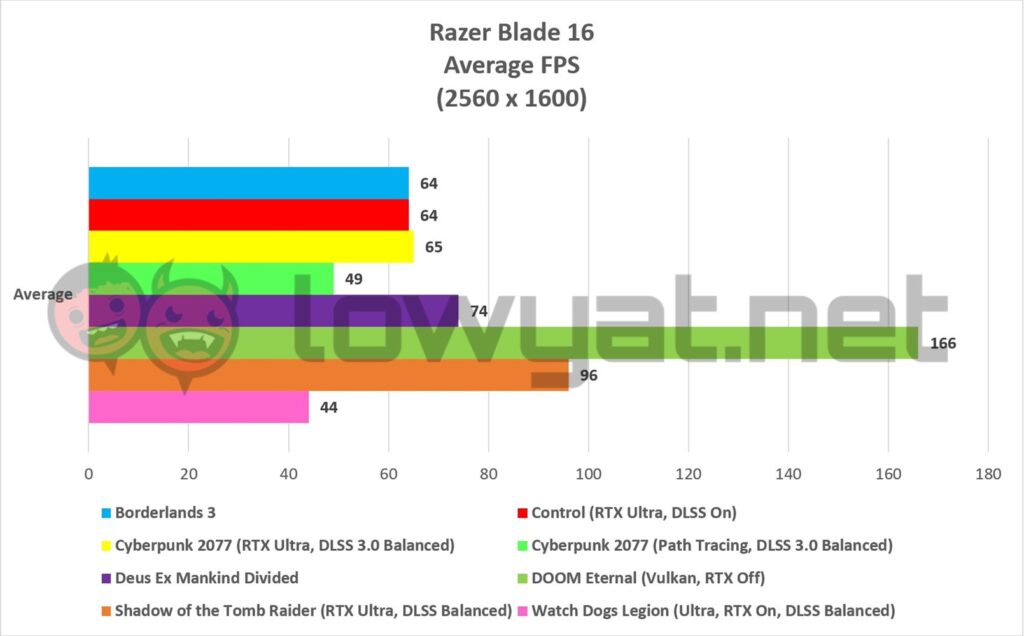
Competition
If you’re in the market for 16-inch gaming laptops with the 16:10 aspect ratio that isn’t the Blade 16, allow me to be the one to tell you: yes, there is an option, and that’s because it really is the only viable competitor to Razer’s own.
ASUS ROG Zephyrus M16
The ASUS ROG Zephyrus M16 is a gaming laptop that boasts nearly identical hardware to the Blade 16. While its display may not share the same Dual mode configuration, it is still a mini LED panel with QHD+ resolution and has a maximum refresh rate of 240Hz.
It’s also an Intel-based gaming laptop, but instead of a Core i9-13950HX, you get a 13900H, which is still powerful, given the circumstances. GPU-wise, it can be similarly fitted with an RTX 4070 as well, although just like the Blade 16, it can go up to an RTX 4090. That’ll cost you a small fortune at RM17999. Of course, it is important to remember that at this price, you’re getting a more powerful GPU.
Conclusion
The Razer Blade 16 is a laptop that actually has me divided, both emotionally and figuratively. On the one hand, it is, beyond a shadow of a doubt, one hell of an engineering marvel, and it still impresses me till this day how the brand has managed to maintain the status quo for its design. And despite the occasional heat-induced stuttering that plagues it, it’s still a solid performer that never fails to deliver.
The Razer Blade 16 maintains the status quo for premium gaming laptops but seems to have an identity crisis of sorts.
That isn’t to say that the Blade 16 is flawless or even blemish-free. For instance, the Dual Mode display, while an interesting feature, is really nothing more than a gimmick. Don’t get me wrong, I think the ability to change the resolution on its 16:10 aspect ratio display between Full HD+ and 4K+ while still retaining a high refresh rate is nice, but at the end of the day, 120Hz at the latter resolution is more than plenty. That being said, I’d stick to a static QHD+ (2560 x 1600) 240Hz display, an option that Razer also offers and at a slightly cheaper asking price, but that’s just my personal preference.
And then there is the sordid talk of coin. At a starting price of RM13999, Razer’s Blade laptops still cost a premium, and the Blade 16 is no exception to its parent’s self-imposed rule. Even this model with the RTX 4070 retails at RM16999, which again, is an eye-watering amount and a price tag that is out of the reach of the average consumer. That being said, if you do have the funds and you’d rather have a premium gaming laptop over a decked out desktop PC, then this is probably for you.
Photography by John Law.
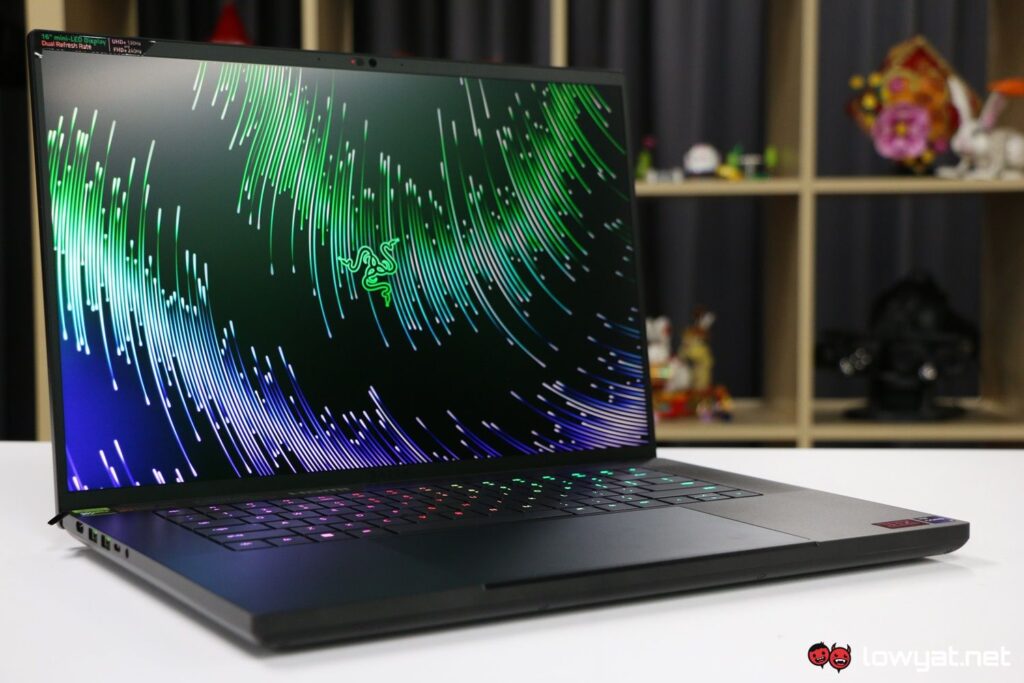
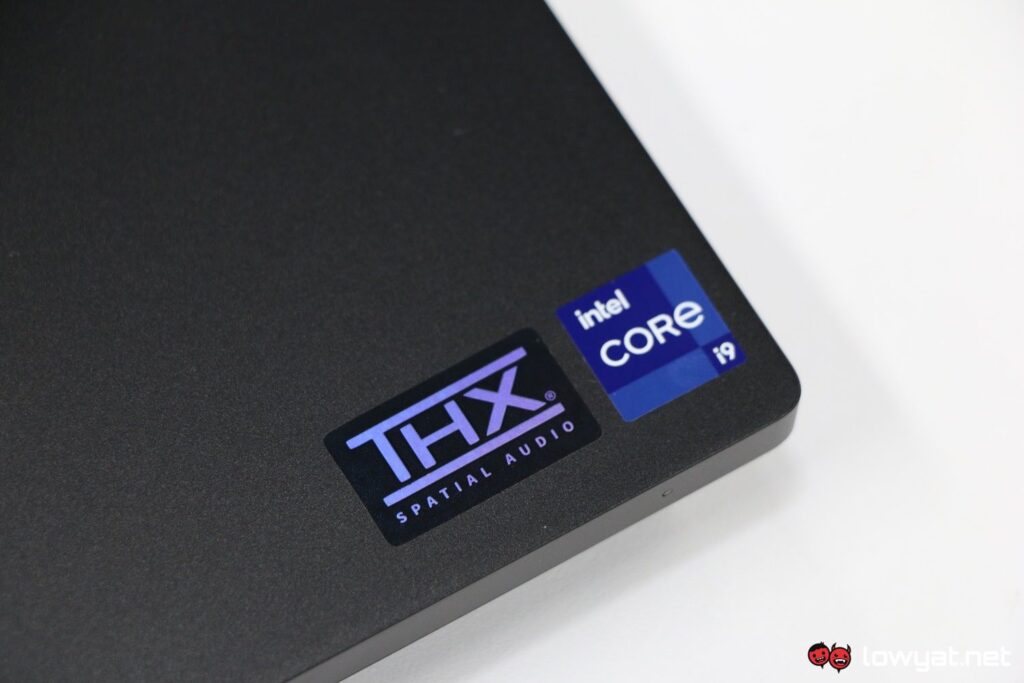
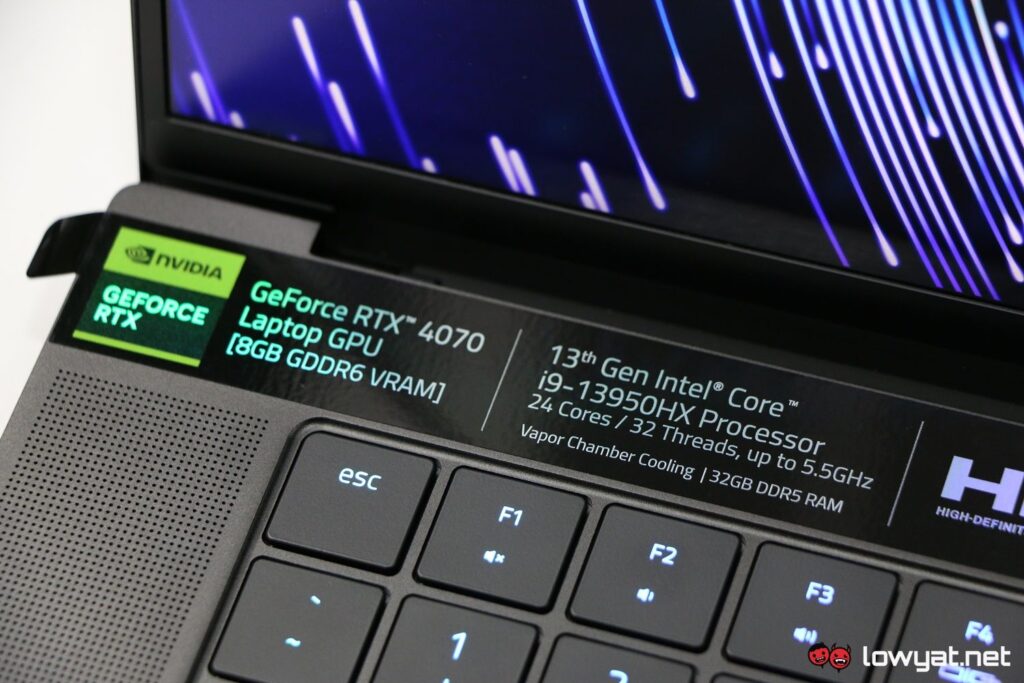
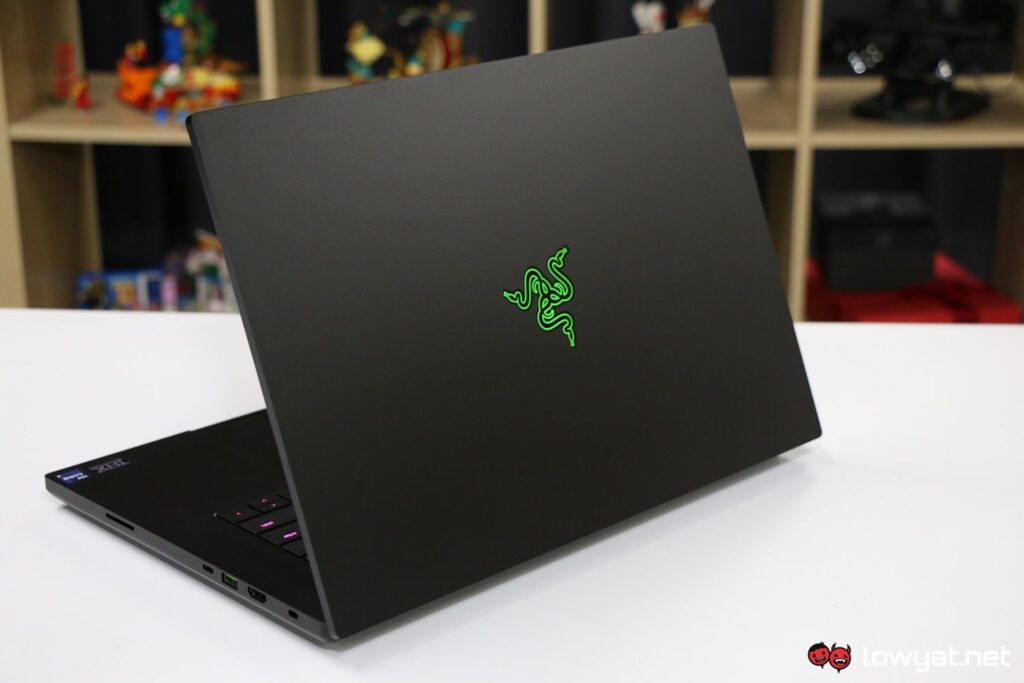
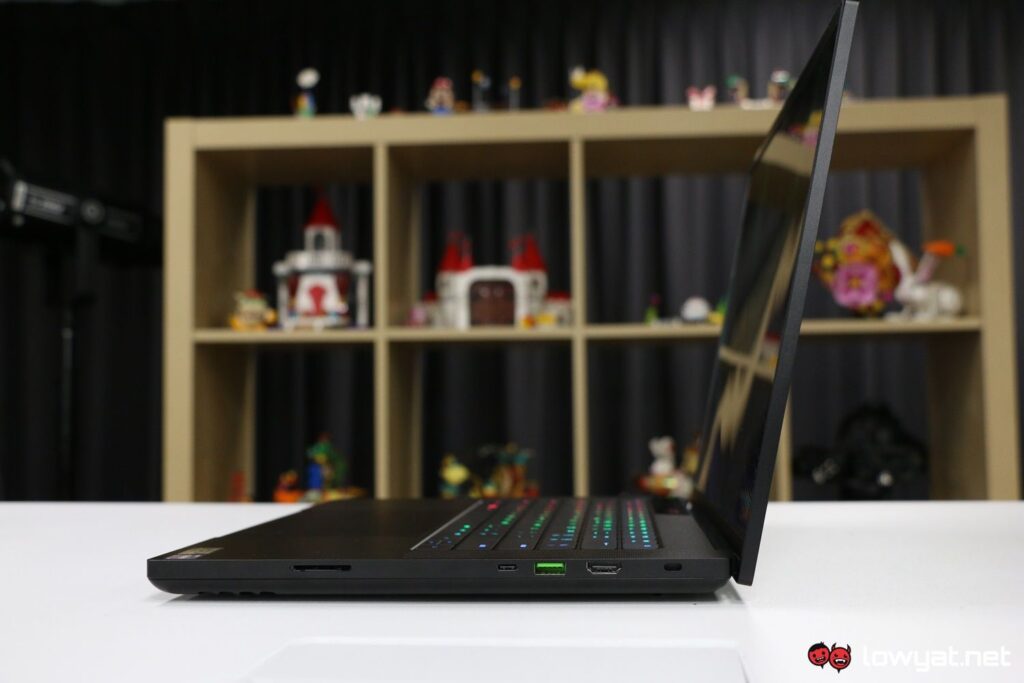
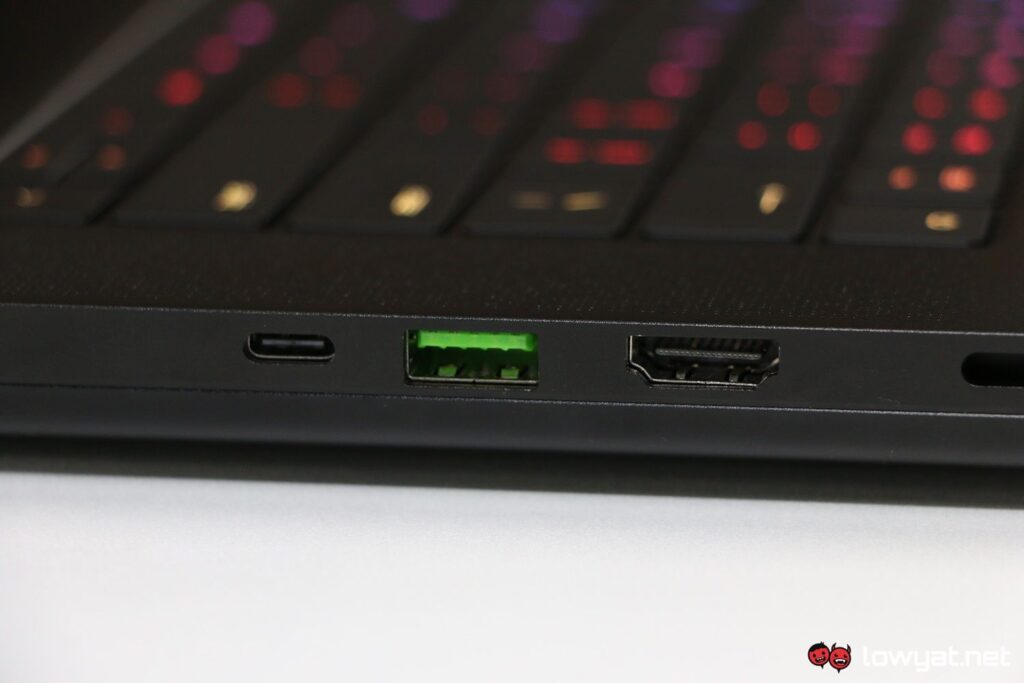
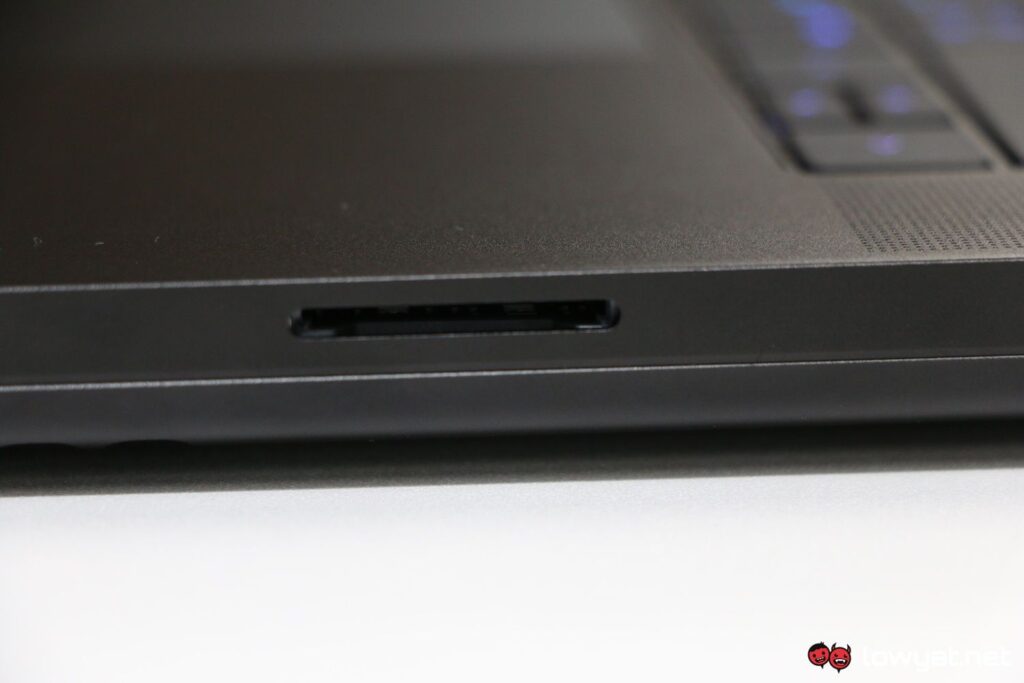
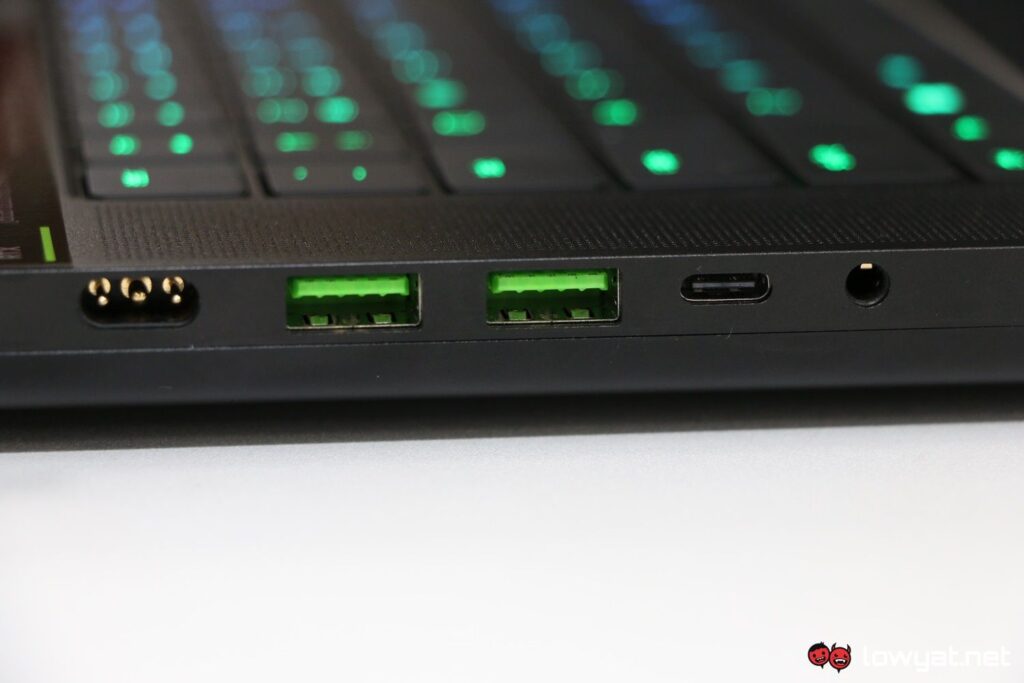
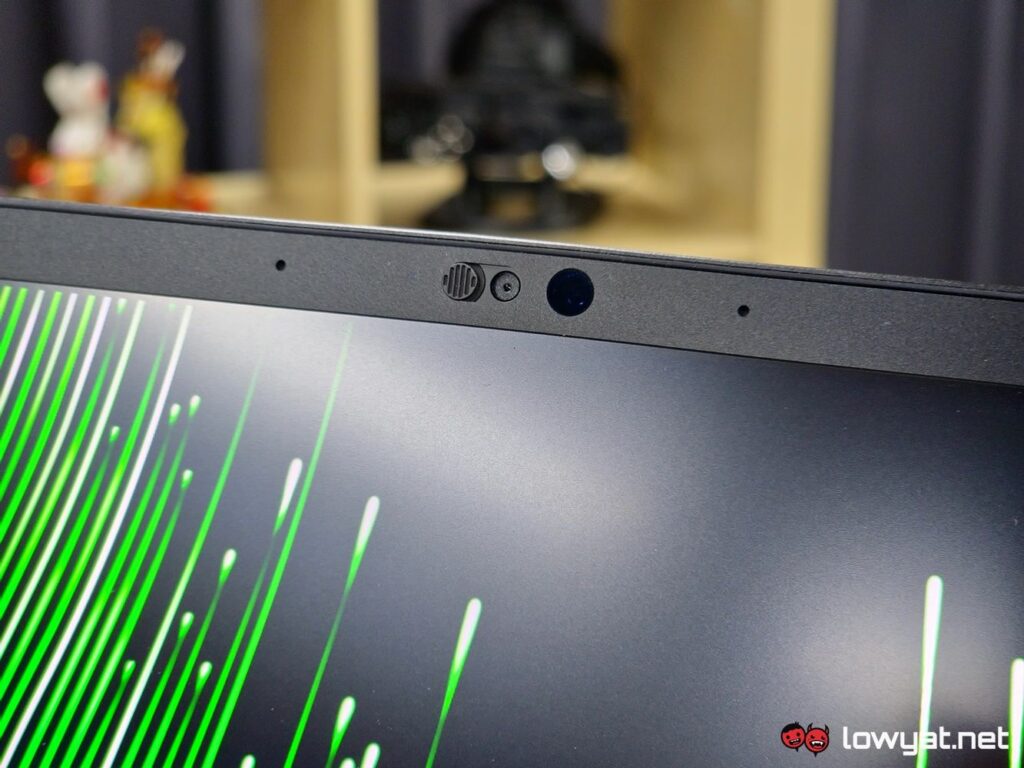
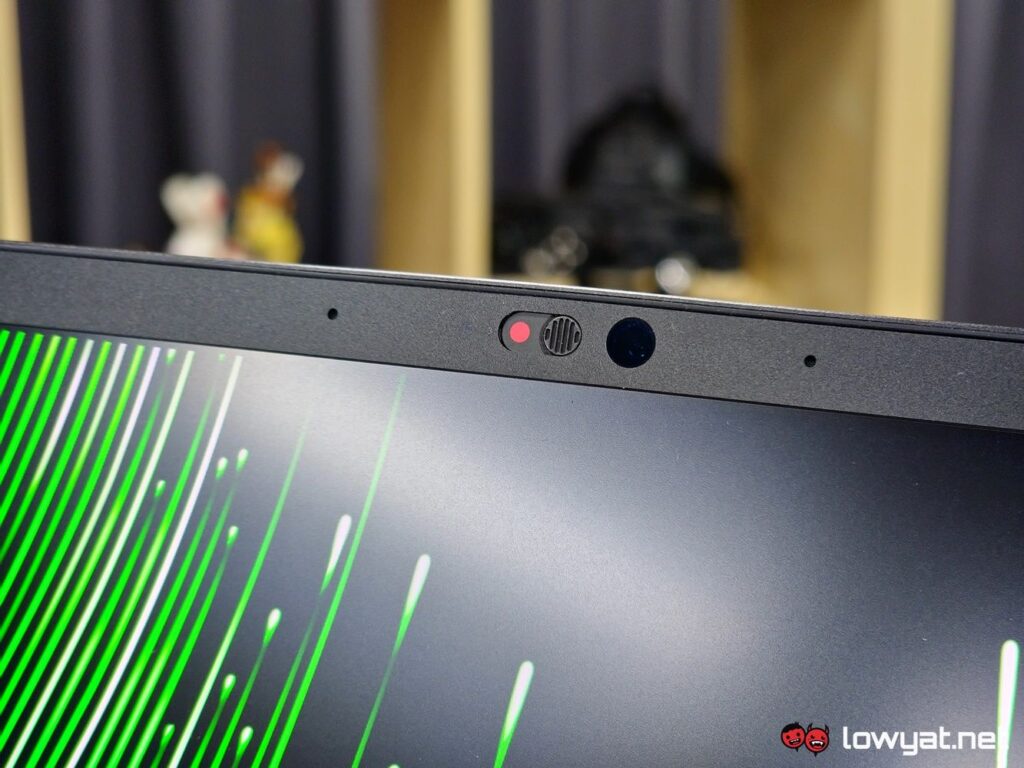
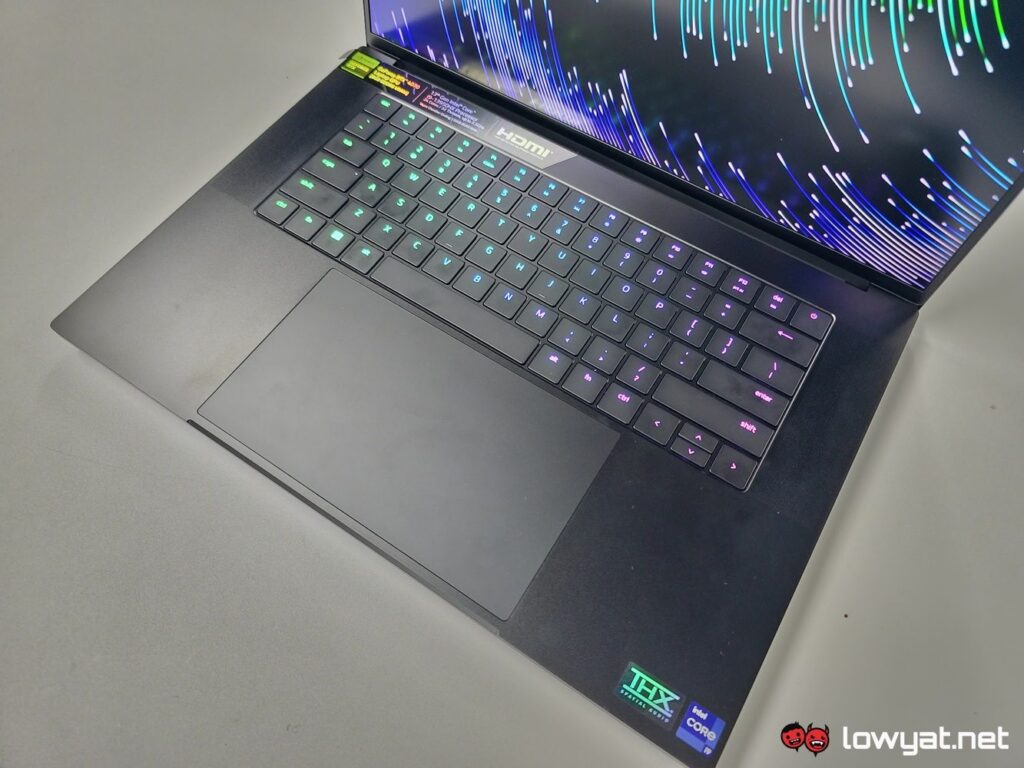
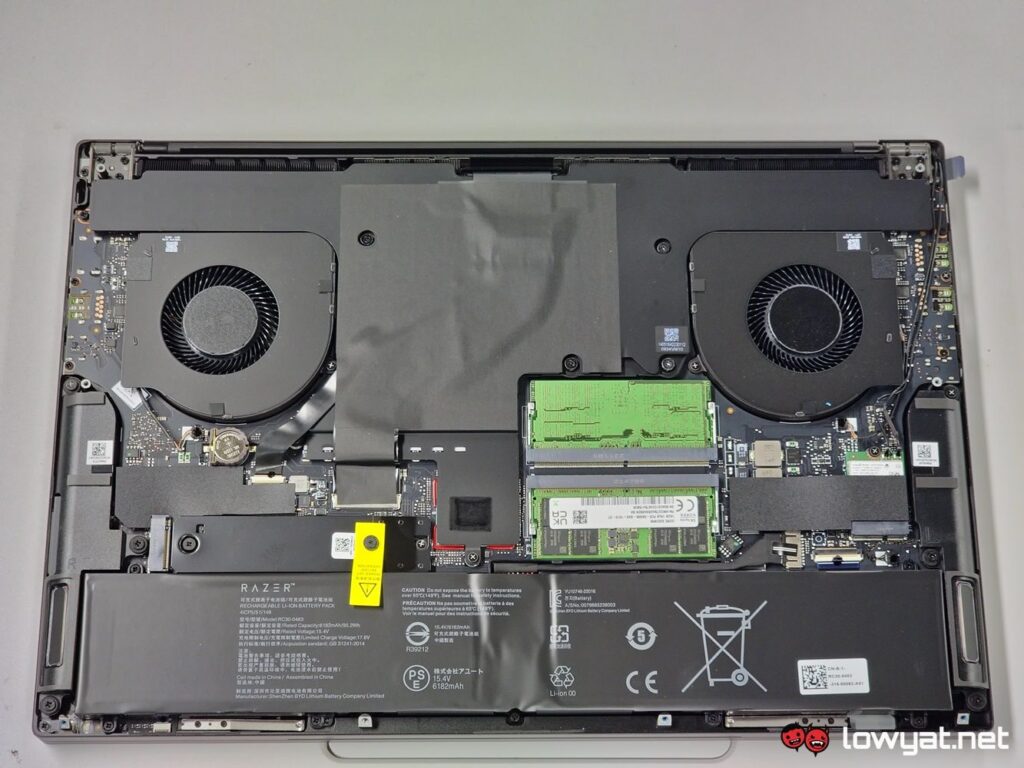
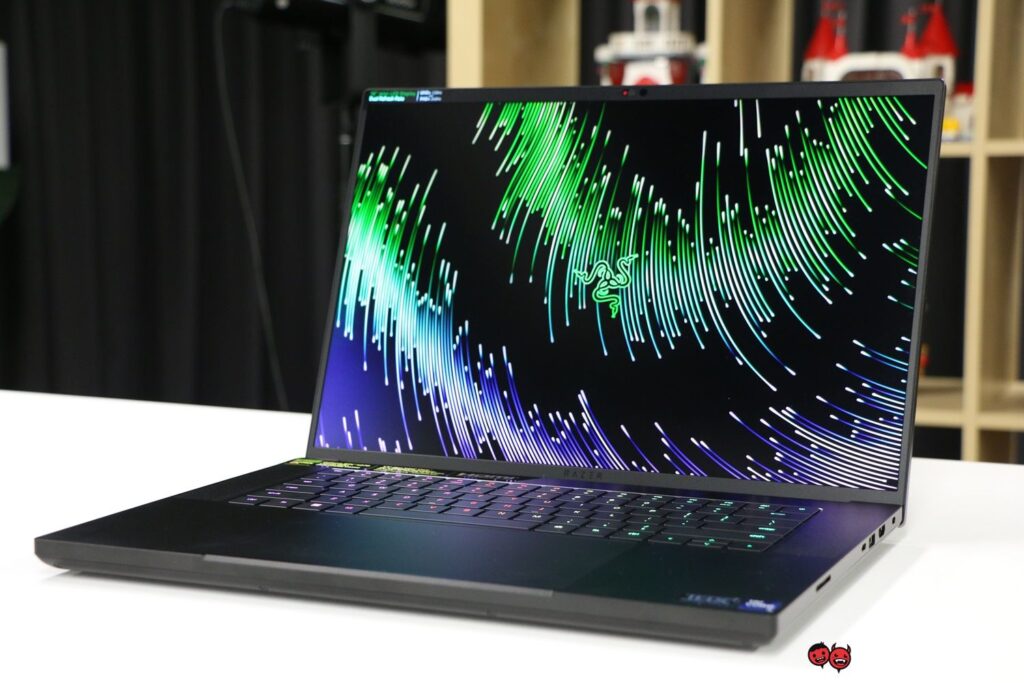
The post Razer Blade 16 Review: Premium, Powerful, But Not Without Fault appeared first on Lowyat.NET.
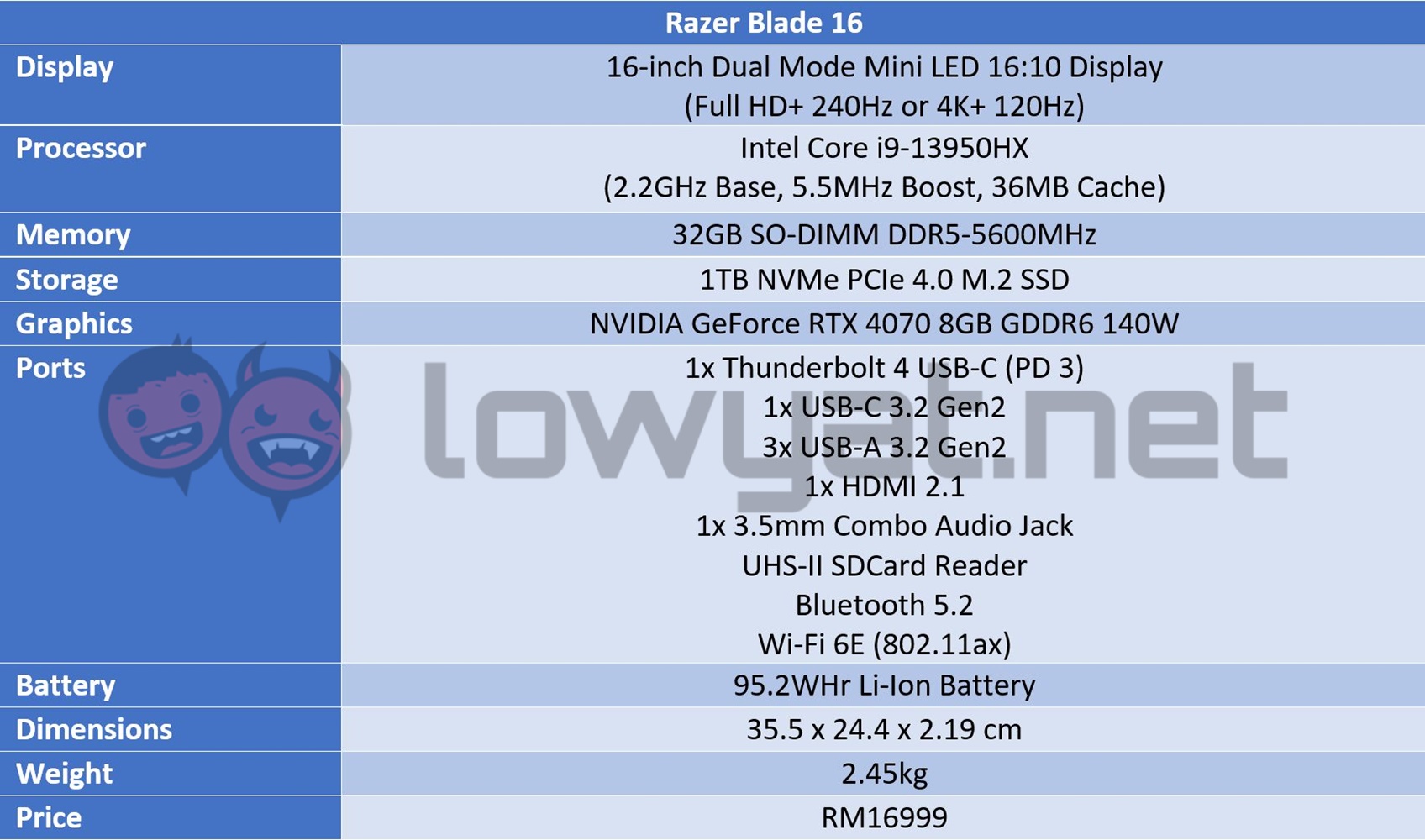
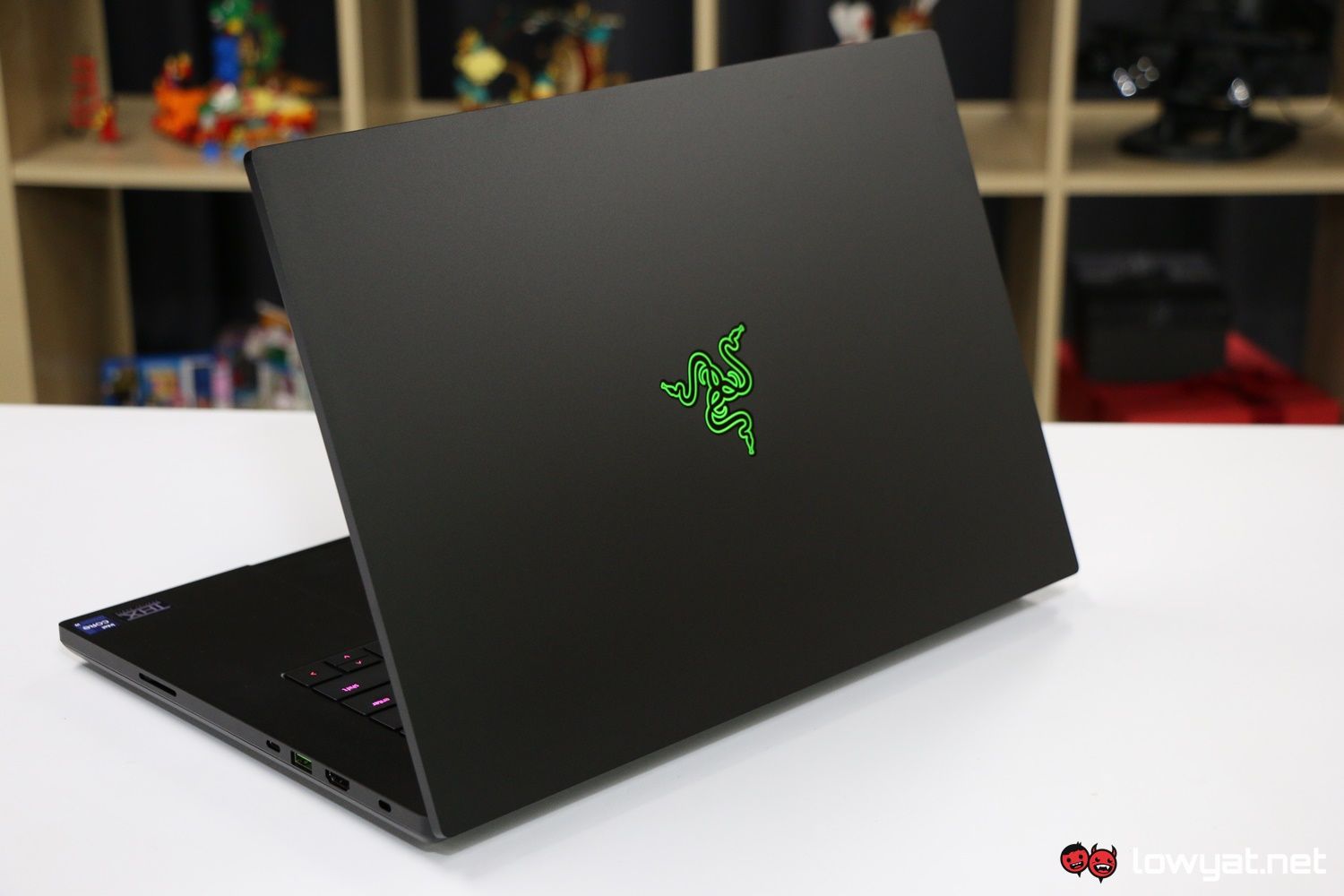
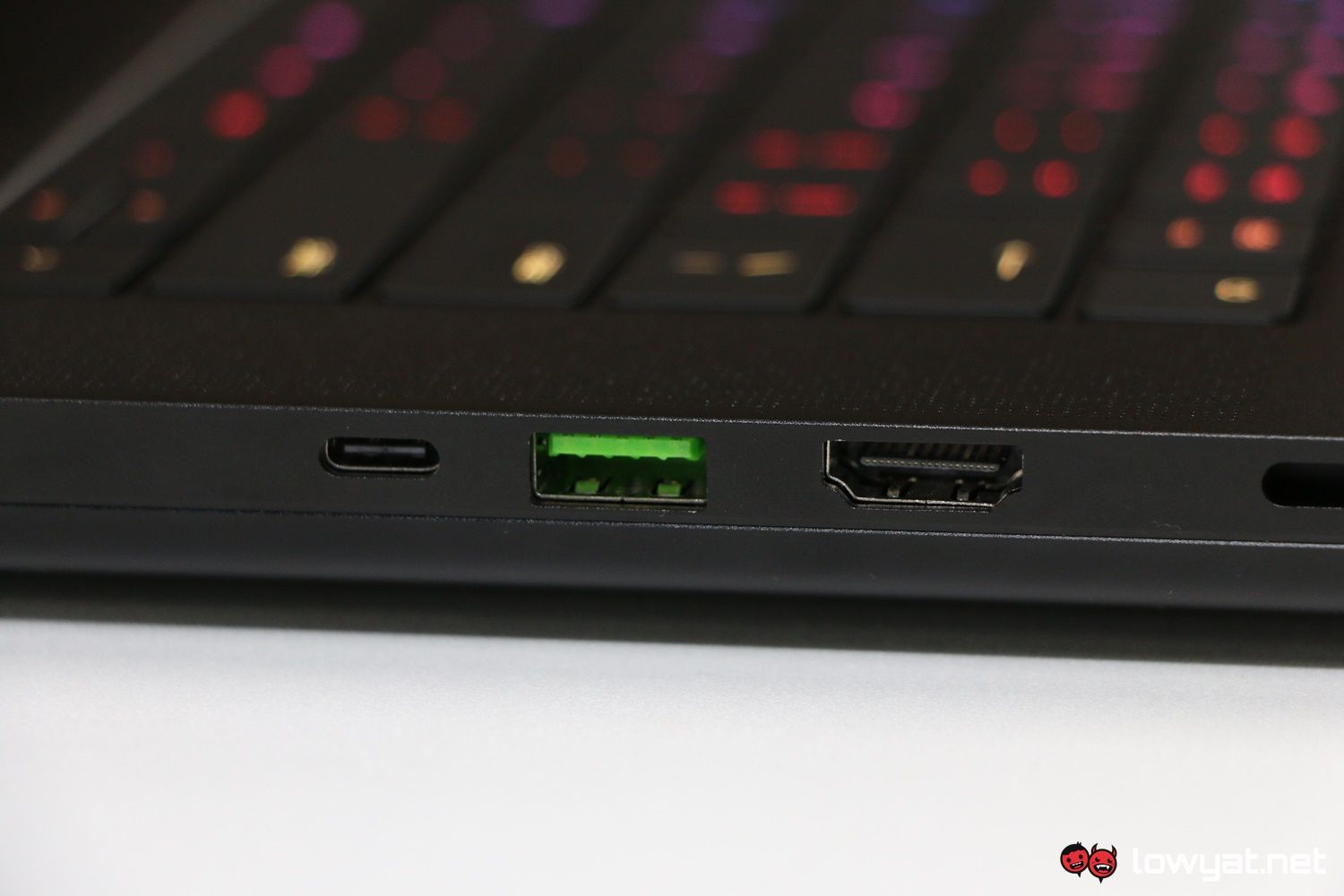
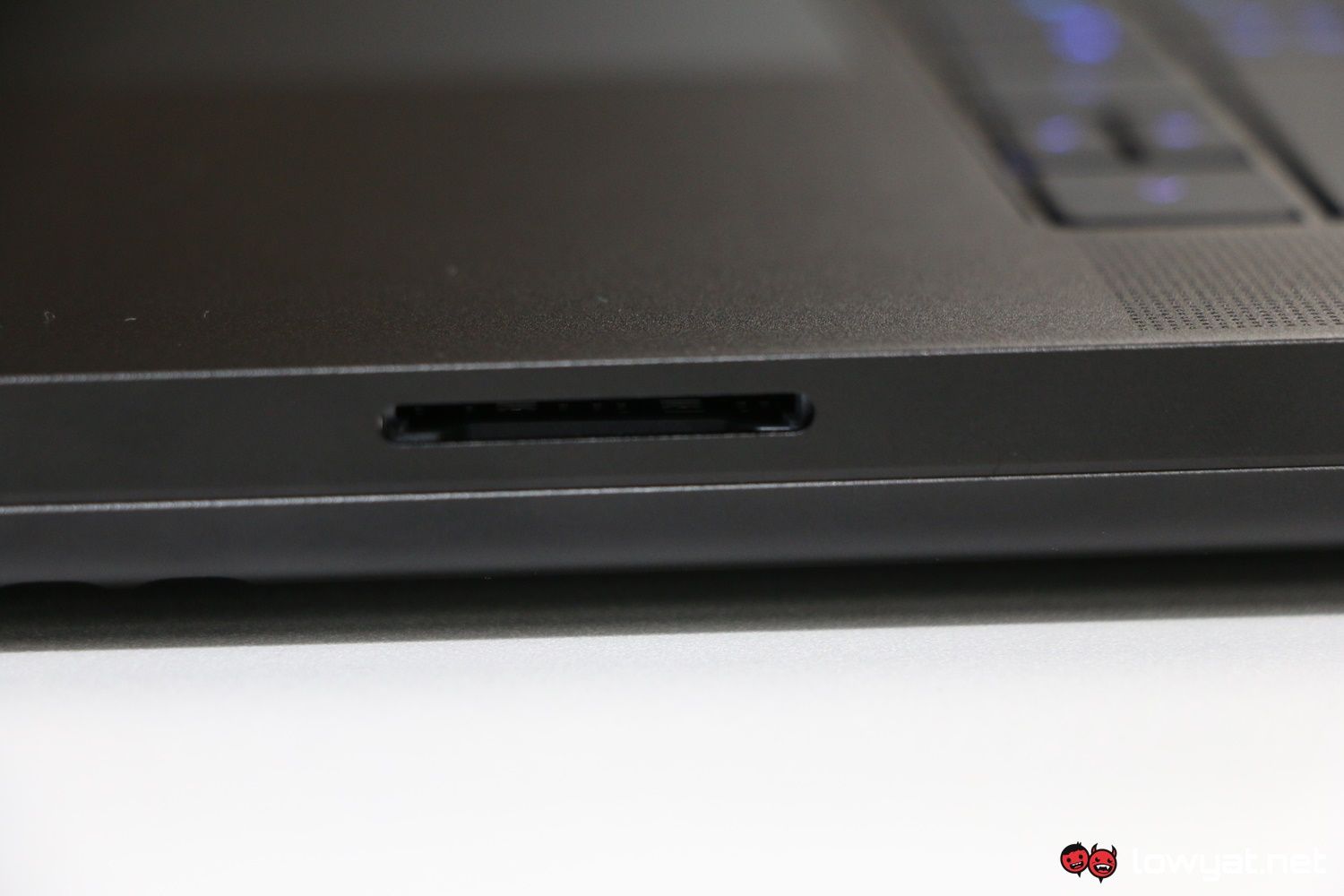
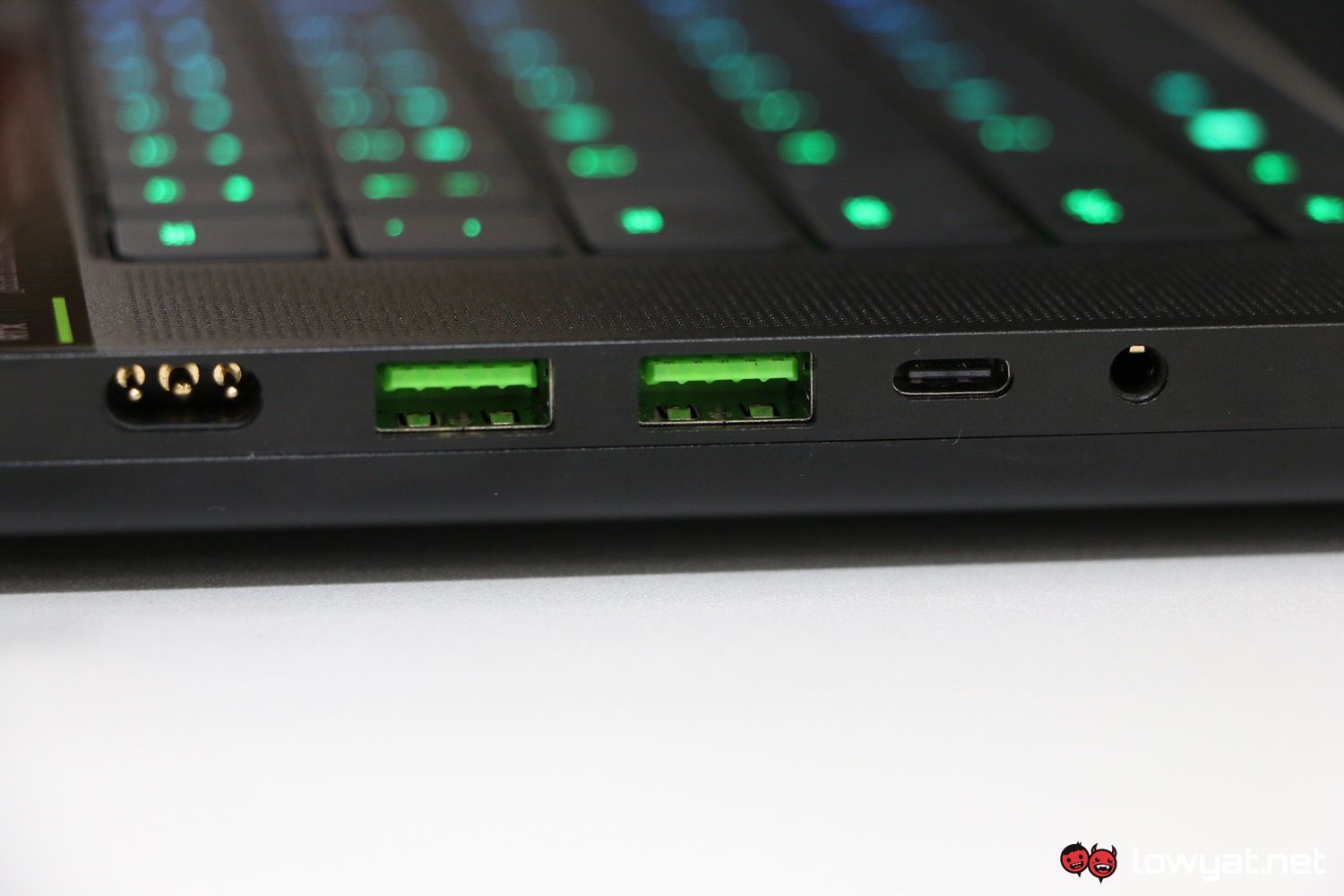
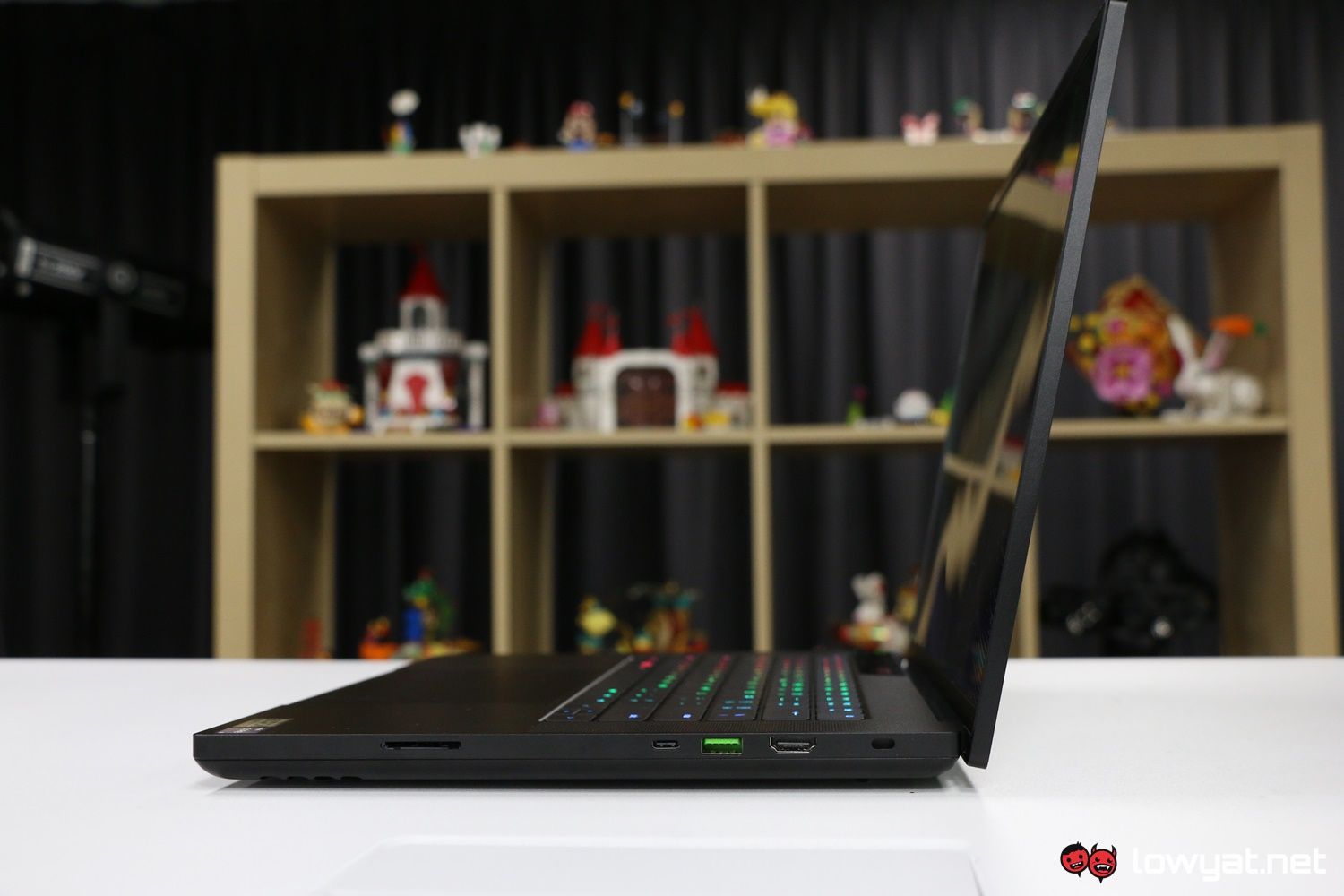
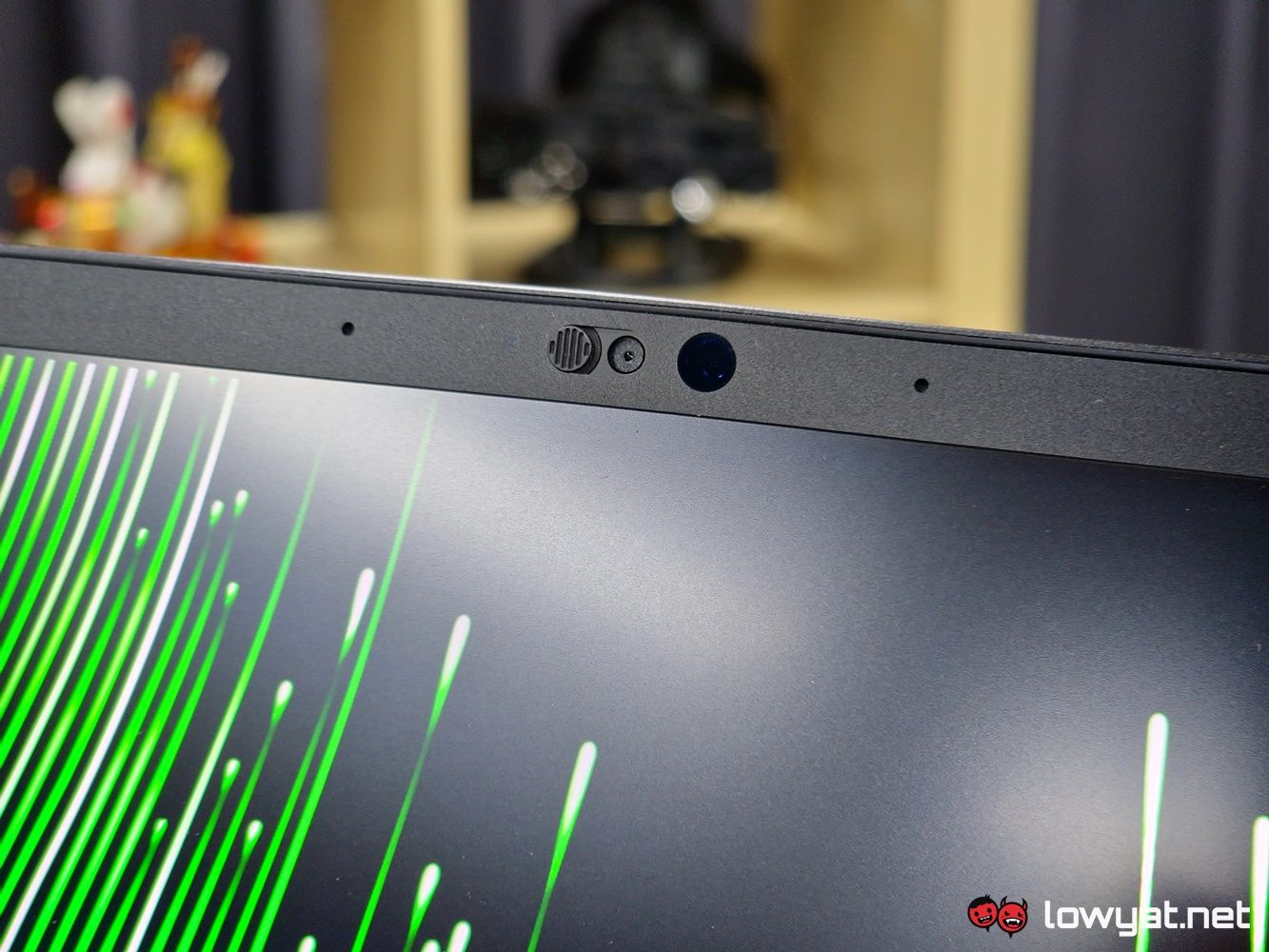
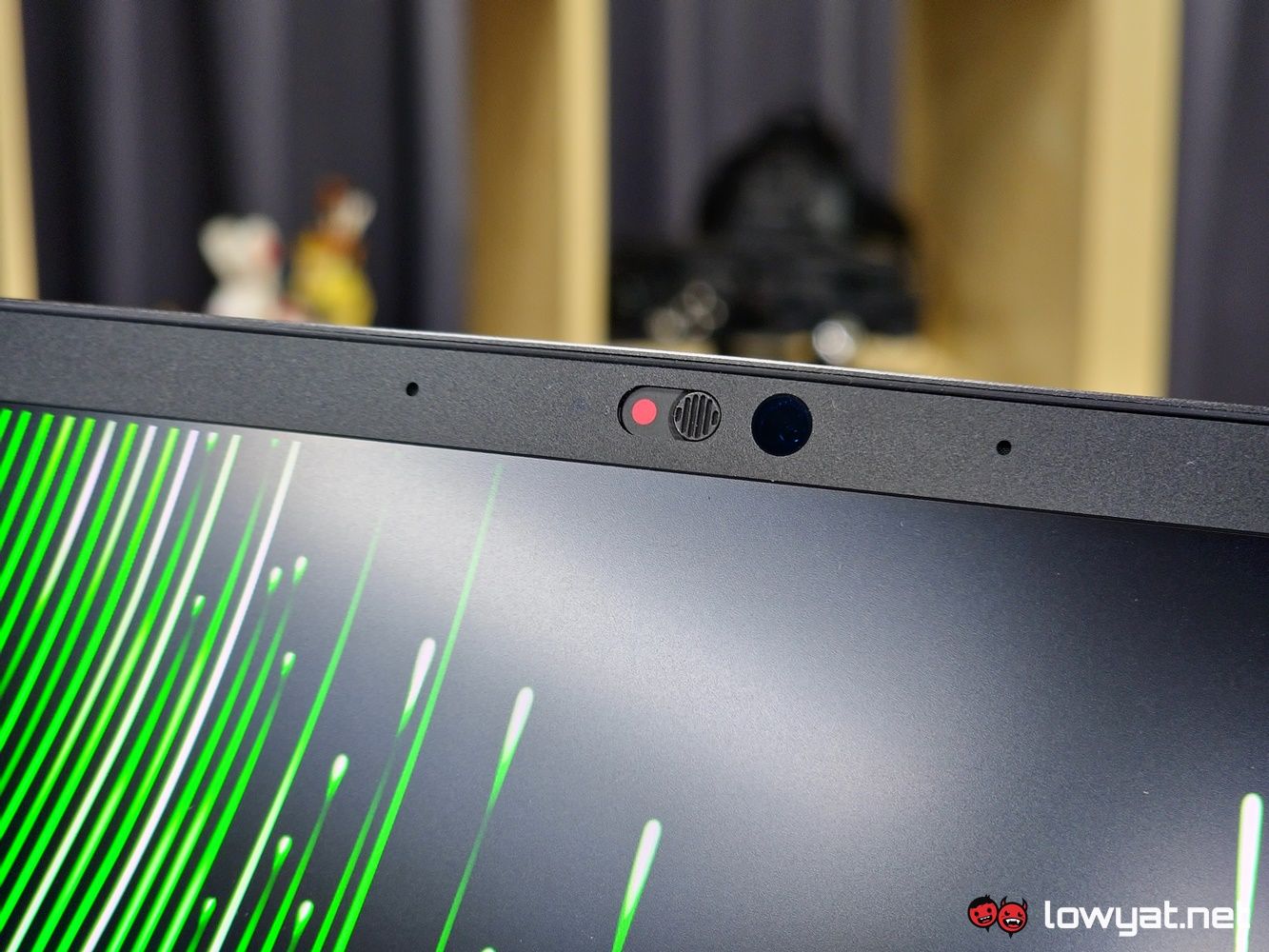

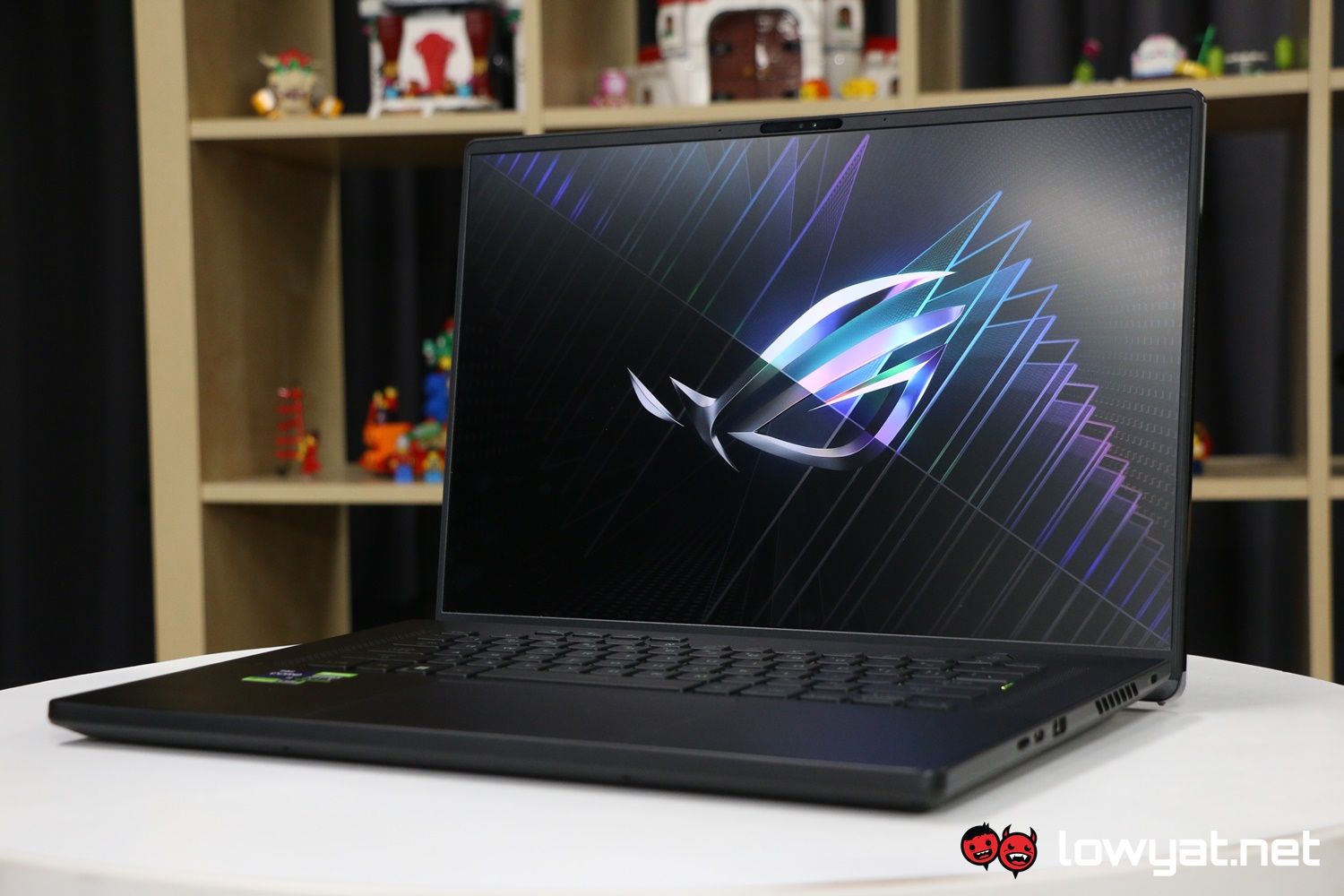
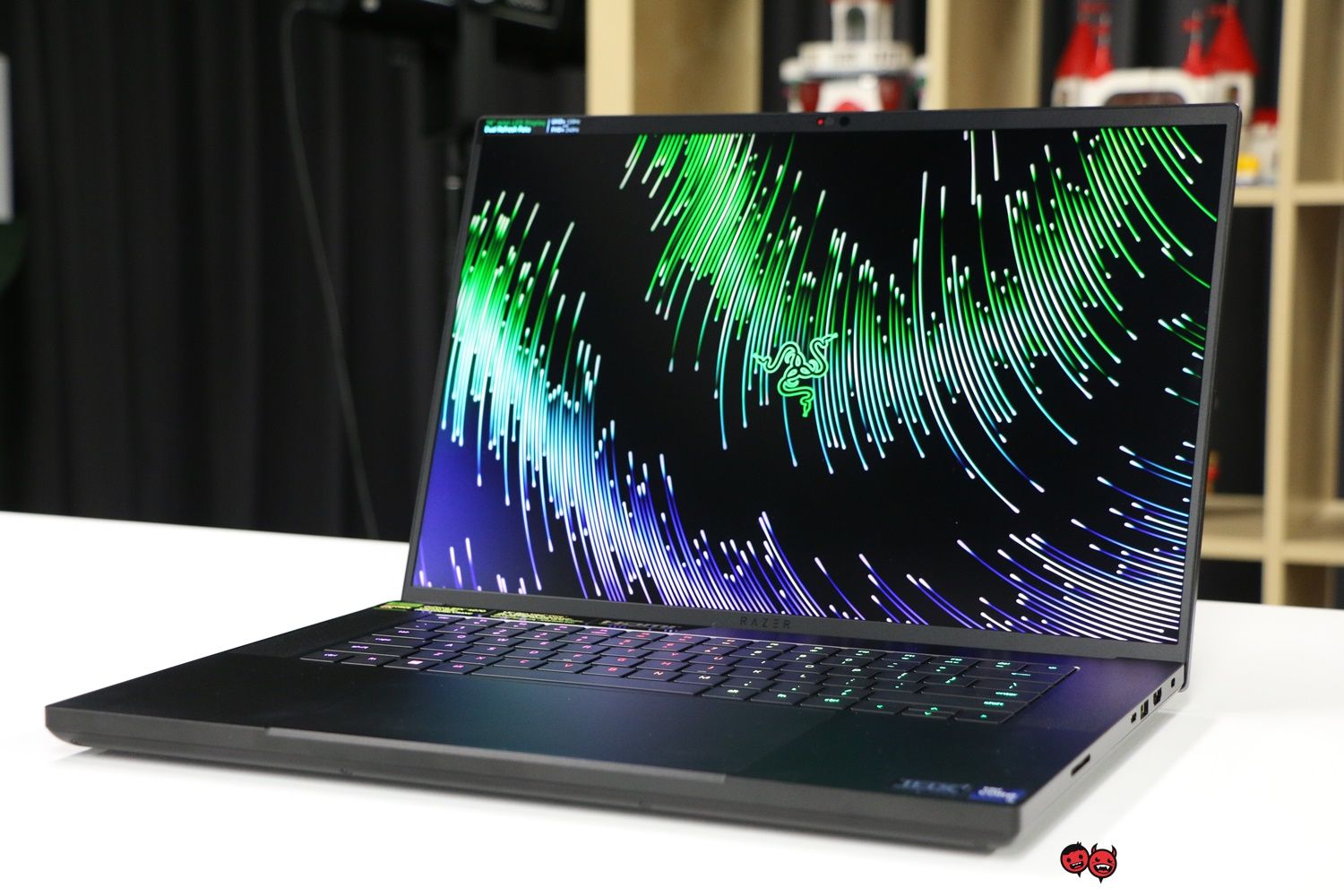
0 Commentaires